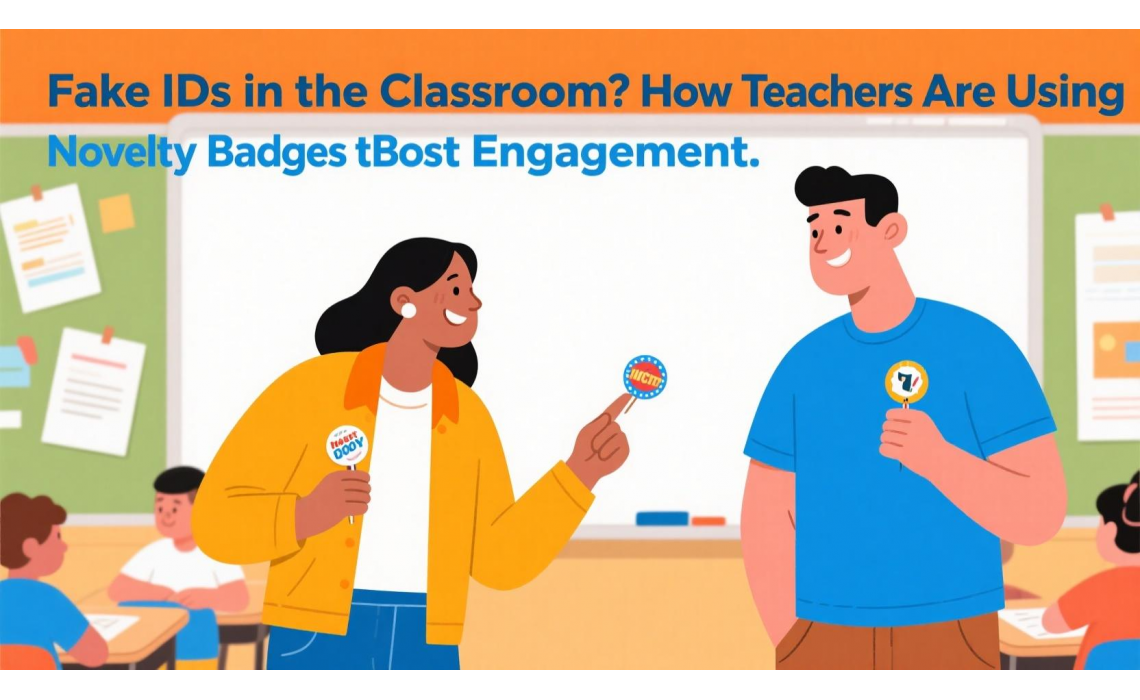Fake IDs in the Classroom? How Teachers Are Using Novelty Badges to Boost Engagement
Fake IDs in the Classroom? How Teachers Are Using Novelty Badges to Boost Engagement
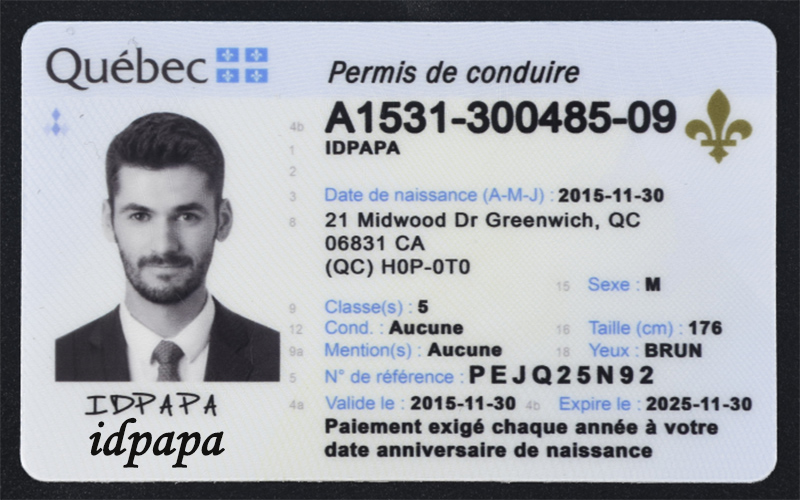
Classrooms are evolving. With new technologies, learning methods, and an increasing need to spark creativity and student participation, teachers are reaching for unconventional tools to liven up the academic experience. One of the most surprising and successful trends of 2025? Fake IDs—novelty badges customized for classroom use. These aren't the kind of IDs that bend the rules—they’re educational, imaginative, and wildly effective. From elementary schools to high school projects, teachers are using personalized, role-based fake IDs to build engagement, ownership, and fun in the classroom.
At first glance, handing out a badge that reads “Junior Environmental Engineer” or “Data Detective” might seem like just a cute gimmick. But in practice, these titles serve as powerful motivators. When students are assigned a fictional job title that matches a lesson or group task, they begin to see themselves in those roles. Suddenly, they're not just completing an assignment—they're fulfilling a mission, solving a case, or presenting a report as someone with purpose. This small act of roleplay can create a massive shift in how students connect to their work.
From Passive Learners to Active Participants
Teachers have found that using fake IDs in group projects or thematic units dramatically boosts participation. Instead of dividing students into teams A, B, and C, they now organize them into departments like “Innovation Lab,” “Historical Research Bureau,” or “Global Newsroom.” Each student receives a novelty badge with a custom title—like “Lead Historian,” “Weather Analyst,” or “Math Consultant.” The transformation is immediate. Students begin to take their responsibilities more seriously, collaborate more effectively, and communicate more confidently. It gives structure to group dynamics and helps quiet students feel more included.
These badges also help students explore career paths and practice soft skills. A fifth-grader assigned the role of “Project Manager” during a science fair starts learning time management, task delegation, and presentation strategy without even realizing it. When students act as “Tech Support Specialists” or “Literary Critics,” they begin using the language of those professions. It’s learning by doing, dressed up in fun—and that’s what makes it stick.
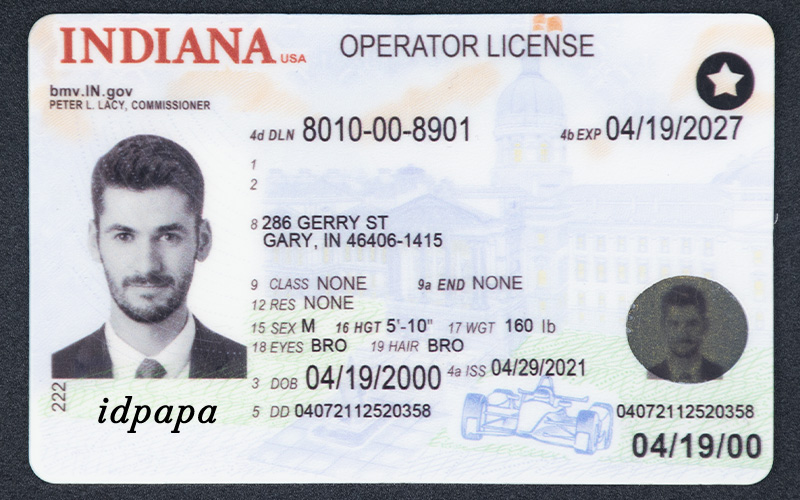
Roleplay + Identity = Memory
The use of fake IDs in education taps into the brain’s natural connection between roleplay and memory. When students assume a character or role—even temporarily—they’re more likely to retain the information associated with it. Teachers across the globe are reporting increased retention and participation just by reframing lessons with fun, fictional identities.
For example, in a unit on environmental studies, giving each student a badge labeled “Junior Wildlife Biologist” transforms how they approach assignments. They’re no longer completing worksheets—they’re compiling field reports, analyzing animal behavior, and presenting to a pretend conservation board. The novelty ID becomes a badge of honor—and one they’re excited to show off.
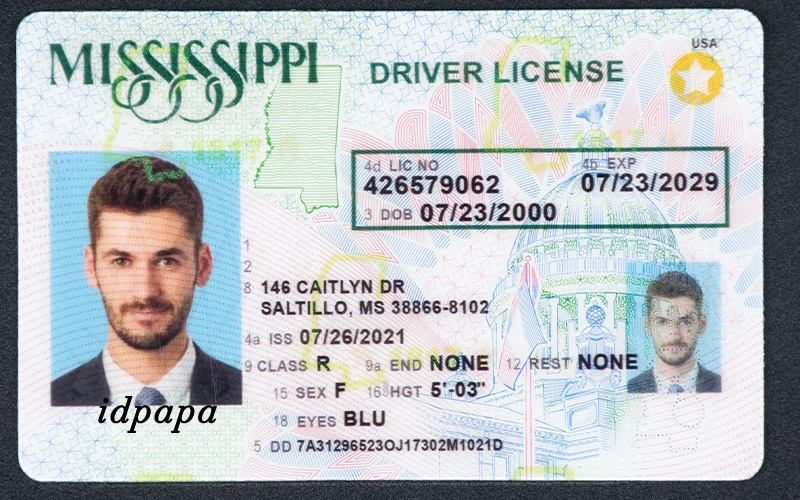
Easy to Implement with Big Impact
The best part? Teachers don’t need a massive budget or special training to implement this. Using platforms like IDpapa Shop, educators can create custom fake ID badges in minutes. They can print them on cardstock, laminate them, or insert them into reusable holders. You can even integrate the activity into the lesson plan: let students design their roles based on what they want to learn. The process itself becomes an opportunity for creativity and self-expression.
Want to teach responsibility? Assign rotating roles each week—“Homework Captain,” “Classroom Botanist,” or “Mindfulness Manager.” Want to encourage teamwork? Use ID badges to assign collaborative positions for group challenges. Want to make public speaking less scary? Let students present as their alter ego—“Professor of Punctuation” sounds way more fun than just “Jenny from Row 3.”
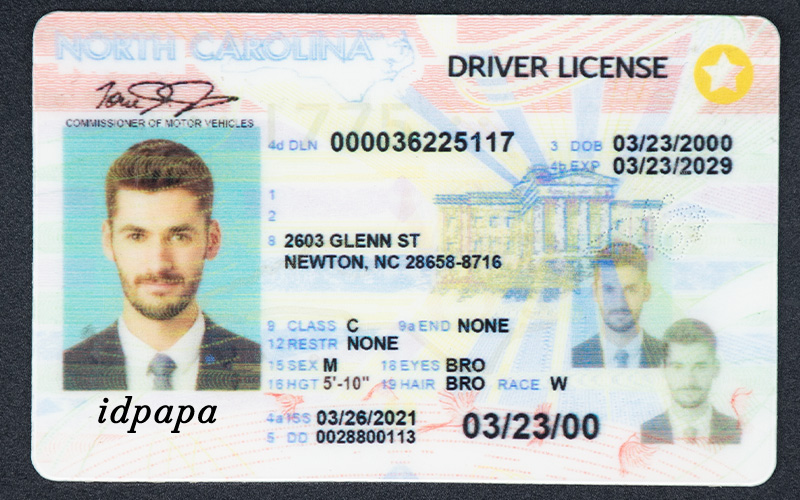
 Final Thought: Learning Should Be Playful
Final Thought: Learning Should Be Playful
Fake IDs in the classroom may seem unorthodox, but they’re proving to be one of the most effective low-cost tools for boosting engagement, confidence, and learning retention. They tap into the joy of pretend play, the thrill of ownership, and the pride that comes with having a “job” to do. More than just pieces of paper, they represent a shift in how education can meet kids where they are—curious, imaginative, and ready to explore the world through characters they get to become.
So next time you plan a lesson, think beyond the textbook. Think about who your students could be—and give them the badge to match. The classroom isn’t just a place to learn. With the right tools, it becomes a place to become.

